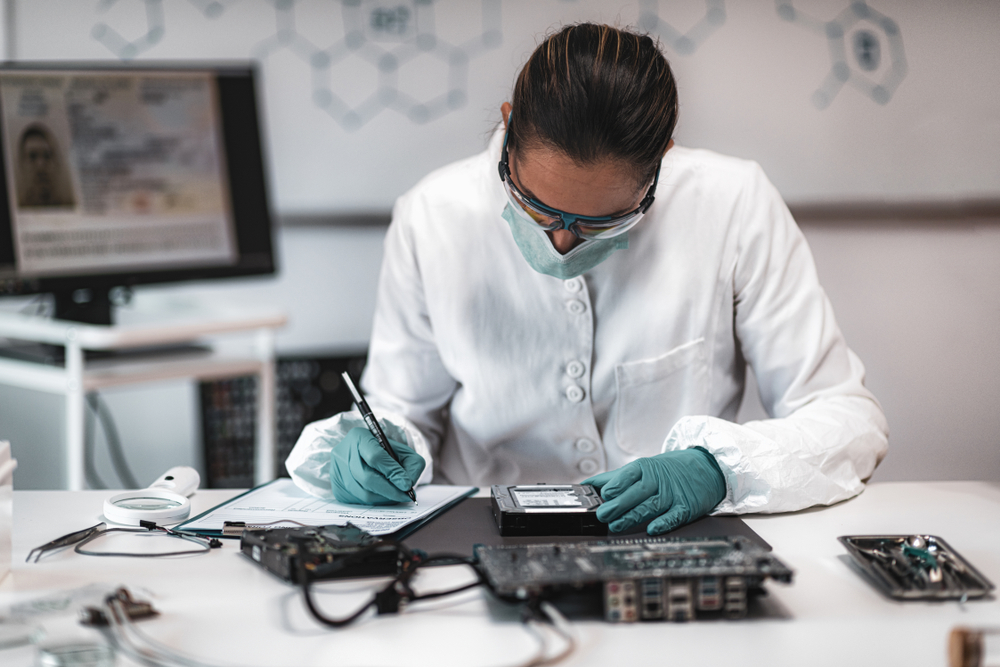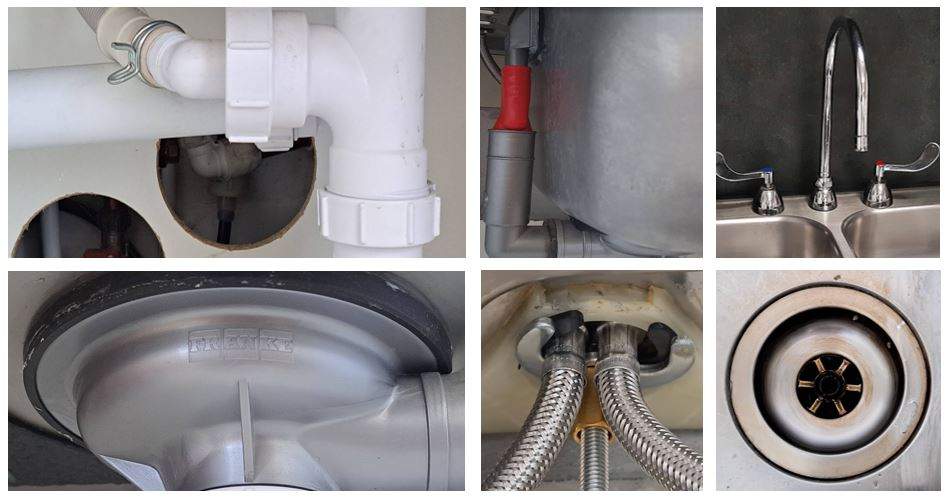
Dealing with a Toilet Overflow Quick Fixes & Prevention Tips
Understanding and Managing Toilet Overflows
Identifying Common Causes
Toilet overflows can be a homeowner’s nightmare, causing inconvenience and potential damage to property. Understanding the common causes of toilet overflows is the first step in effectively managing and preventing them. One frequent culprit is a clog in the toilet drain, often caused by excessive toilet paper usage or the flushing of non-flushable items. Another common cause is a malfunctioning or worn-out toilet flapper, which can lead to water continuously running into the bowl and overflowing. Additionally, issues with the toilet’s fill valve or float can disrupt the proper functioning of the flushing mechanism, resulting in overflows. Identifying these common causes allows homeowners to take proactive measures to address and prevent toilet overflows.
Taking Immediate Action
When faced with a toilet overflow, it’s crucial to take immediate action to minimize damage and ensure a swift resolution. The first step is to locate the toilet’s water supply valve, typically located behind or beside the toilet, and shut it off to stop the flow of water. Next, remove the tank lid and manually lift the flapper to stop additional water from entering the bowl. If the overflow is caused by a clog, attempt to clear it using a plunger or plumbing snake. Be cautious not to flush the toilet repeatedly, as this can exacerbate the issue and lead to further overflow. Once the immediate threat has been addressed, focus on cleaning up any water damage and assessing the extent of the problem to determine if professional assistance is necessary.
Preventative Maintenance
Preventing toilet overflows requires regular maintenance and proactive measures to address potential issues before they escalate. One effective preventive measure is to avoid flushing excessive amounts of toilet paper or non-flushable items down the toilet, as these can contribute to clogs and blockages in the drain pipe. Additionally, conducting routine inspections of the toilet’s components, such as the flapper, fill valve, and float, can help identify and address any wear or damage before it leads to an overflow. Periodically checking for leaks or signs of water damage around the base of the toilet can also alert homeowners to potential issues with the seal or wax ring that may cause overflows if left unchecked. By incorporating preventative maintenance into their home care routine, homeowners can reduce the likelihood of experiencing a disruptive and costly toilet overflow.
Seeking Professional Assistance
In some cases, addressing a toilet overflow may require the expertise of a professional plumber to diagnose and resolve the underlying issue. If repeated attempts to clear a clog or repair a malfunctioning toilet component are unsuccessful, or if there is evidence of more extensive damage such as water leakage or structural deterioration, it’s advisable to seek professional assistance. A qualified plumber can conduct a thorough assessment of the toilet and plumbing system, identify the root cause of the overflow, and recommend appropriate repairs or replacements to restore proper functionality and prevent future incidents. While DIY solutions can be effective for minor issues, knowing when







